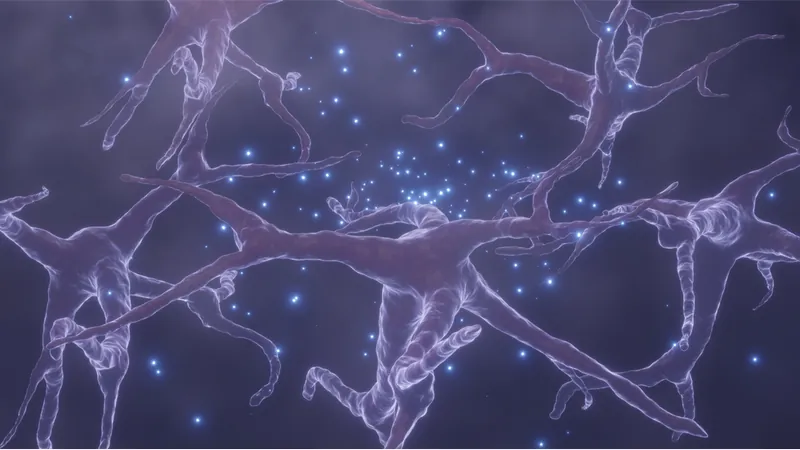A new study shows that functional deterioration of the nervous system contributes to late-life mortality and identifies a related bloodborne biomarker for all-cause mortality [1].
Neurofilament light chain (NfL) is a structural protein found in nerve cells. The nervous system has been implicated in aging and longevity, so the fact that NfL can be detected in human bodily fluids makes it potentially useful as a biomarker for aging. NfL levels are known to increase with age and in response to neurodegenerative diseases, strengthening the case for its use as a biomarker.
To test the idea, an international team of scientists measured NfL levels in blood plasma from a cohort of people aged 21 to 107. They found a non-linear increase and greater variability with age. Plasma proteome data had already been generated from the same cohort, and NfL levels correlated with 53 of the proteins (out of roughly 1300). The proteins correlated with NfL levels are involved in apoptosis as well as synapse formation and plasticity, supporting the notion that plasma NfL levels reflect the activity of pathways associated with neuronal function.
The researchers then evaluated NfL as a predictor of mortality. They collected blood from separate cohorts of centenarians and nonagenarians, measured NfL levels, and tracked the cohorts over the next few years (or until death). They used activity of daily living (ADL) and Mini-Mental State Examination (MMSE) measures to assess the health of the participants. Overall, individuals with lower NfL levels lived longer than those with higher levels and did better on MMSE and ADL measures, though the difference was smaller for ADL.
Finally, the team also showed that NfL levels increase with age in mice and that dietary restriction, which is known to extend the lifespan of mice, brings down NfL levels.
Abstract
Neurofilament light chain (NfL) has emerged as a promising blood biomarker for the progression of various neurological diseases. NfL is a structural protein of nerve cells, and elevated NfL levels in blood are thought to mirror damage to the nervous system. We find that plasma NfL levels increase in humans with age (n = 122; 21–107 years of age) and correlate with changes in other plasma proteins linked to neural pathways. In centenarians (n = 135), plasma NfL levels are associated with mortality equally or better than previously described multi-item scales of cognitive or physical functioning, and this observation was replicated in an independent cohort of nonagenarians (n = 180). Plasma NfL levels also increase in aging mice (n = 114; 2–30 months of age), and dietary restriction, a paradigm that extends lifespan in mice, attenuates the age-related increase in plasma NfL levels. These observations suggest a contribution of nervous system functional deterioration to late-life mortality.
Conclusion
While it’s not clear how well these findings will hold in younger populations, NfL seems to be a useful biomarker for age and longevity in older populations, correlating with all-cause mortality and health metrics. This strengthens the notion that nervous system functional deterioration is linked with mortality, though working out the linkage remains a topic for future research. Likewise, more work will be needed to understand how NfL differs from or correlates with other biomarkers of aging and mortality.
Literature
[1] Kaeser SA, Lehallier B, Thinggaard M, Häsler LM; Apel A, Bergmann C, Berdnik D, Jeune B, Christensen K, Grönke S, Partridge L, Wyss-Coray T, Megel-From J, and Jucker M. A neuronal blood marker is associated with mortality in old age. Nature Aging (2021), doi: 10.1038/s43587-021-00028-4



